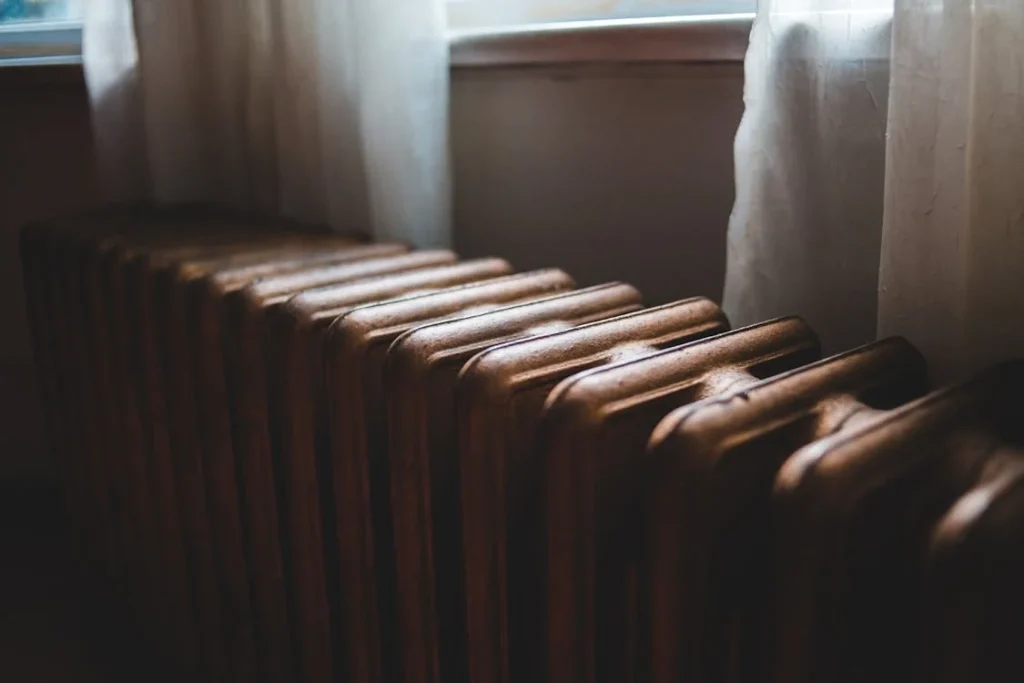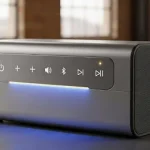Your heating system quietly works behind the scenes to keep your home warm and comfortable during winter. But like any machine, it doesn’t last forever. Over time, performance declines, energy bills rise, and minor issues can turn into costly breakdowns. Many homeowners don’t realize something’s wrong until their system stops working, usually at the worst possible moment, when temperatures drop below freezing.
That’s why it’s essential to recognize the early warning signs of a failing furnace. Taking action before your system gives out completely can save you money, improve comfort, and ensure safety throughout the cold season. A reliable, efficient heating system isn’t just about comfort; it’s about peace of mind.
If you live in a region where winters are long and harsh, such as northern Colorado, your furnace works especially hard each year. The constant strain can shorten its lifespan, making it important to know when it’s better to repair and when it’s smarter to replace your heating system altogether.
Keep the spark alive—explore related posts that perfectly match your curiosity
Recognizing the Right Time to Replace Your Furnace
In areas that experience heavy winter use, like Greeley, Colorado, heating systems endure extra wear and tear due to long heating cycles and fluctuating temperatures. If your furnace needs frequent repairs or your heating bills continue to rise even after regular maintenance, it’s likely your system is nearing the end of its lifespan.
Local HVAC professionals often note that deciding between repair and replacement depends on key factors such as the furnace’s age, performance, and cost of upkeep. If your current system struggles to heat your home evenly, runs constantly without maintaining the desired temperature, or drives up your energy expenses, consider scheduling furnace replacement in Greeley, CO to ensure steady warmth, improved efficiency, and reliable operation throughout the winter.
Upgrading to a newer, energy-efficient model not only enhances comfort but also lowers utility costs and reduces the risk of sudden breakdowns. A professional inspection can help determine whether your system is worth repairing or if a replacement will provide better long-term value for your home.
Your System Is More Than 15–20 Years Old
The average lifespan of a furnace is around 15 to 20 years, depending on how well it’s maintained. After this point, wear and tear begin to affect its ability to heat your home efficiently. Even if it’s still running, an older unit is likely consuming more energy than necessary and producing less consistent warmth.
If you’re unsure of your furnace’s age, check the manufacturer’s label or your installation records. Once your system crosses that 15-year mark, it’s wise to start planning for a replacement instead of waiting for a major failure in the middle of winter. Modern furnaces are designed with better materials and technology, making them far more efficient and environmentally friendly than their older counterparts.
Frequent Repairs and Escalating Costs
A furnace that constantly breaks down is more than just inconvenient; it’s a financial drain. If you’ve had to call a technician several times in the last couple of years, you’re probably spending more on repairs than it’s worth. The “50% rule” is a good guideline to follow: if your repair costs total half or more of what a new unit would cost, it’s time to replace it.
Frequent part replacements, especially for critical components like the blower motor or heat exchanger, often mean your system is nearing the end of its life. A new furnace may seem like a big upfront investment, but it quickly pays off through fewer service calls, lower bills, and consistent heating throughout your home.
Rising Energy Bills Despite Regular Maintenance
If your energy bills have been creeping up even though you’ve been keeping up with maintenance, your furnace may be losing efficiency. As systems age, they struggle to heat as effectively, forcing them to run longer and consume more energy.
This decline in efficiency is often gradual, so you might not notice it right away. But if you’re suddenly paying much more to maintain the same comfort level, it’s time to consider an upgrade.
Uneven Heating and Poor Indoor Comfort
Do some rooms in your home feel warmer than others? Uneven heating is a common sign of a struggling furnace. You might notice cold spots, weak airflow, or long heating cycles that never quite reach your desired temperature.
These symptoms usually occur when the system can no longer distribute air evenly or when internal components are wearing out. Modern furnaces feature advanced airflow designs and variable-speed blowers that maintain steady warmth throughout your home. Replacing an old, inconsistent system can dramatically improve your comfort level.
Strange Noises, Odors, or Dust Build-Up
Your furnace should operate quietly in the background. If you start hearing rattling, banging, or squealing sounds, it’s a sign that something’s wrong, possibly loose parts, motor wear, or internal damage. Unusual smells are another warning sign: burning odors can indicate electrical issues, while musty smells may point to mold in the system or ducts.
Excess dust in the air or around your vents also means your furnace isn’t filtering properly anymore. While a filter change might help temporarily, persistent issues like these are often better solved through system replacement. A new unit will operate more quietly, filter air more effectively, and eliminate unpleasant odors.
Your Furnace Struggles to Operate Safely
An aging furnace isn’t just inefficient; it can become unsafe. Carbon monoxide leaks, flickering pilot lights, or frequent safety shut-offs all point to potential hazards. If your furnace has a cracked heat exchanger, for instance, it can release dangerous gases into your home.
For your family’s safety, it’s crucial to install carbon monoxide detectors and schedule regular system inspections. If a technician identifies safety risks, replacing the furnace immediately is the only responsible choice. A modern system provides reliable operation and peace of mind, ensuring you’re not taking chances with your health.
Your furnace has served you well, but it won’t last forever. Ignoring early warning signs like frequent repairs, uneven heating, or rising bills can lead to an unexpected breakdown right when you need heat the most.
By recognizing when your system is nearing the end of its lifespan, you can plan ahead and make a smart replacement choice. A new, energy-efficient furnace offers peace of mind, lower costs, and consistent comfort all winter long. Don’t wait for an emergency. Schedule an inspection and take the first step toward a warmer, more efficient home.
Explore more wonders that keep your imagination alive and ideas flowing!







